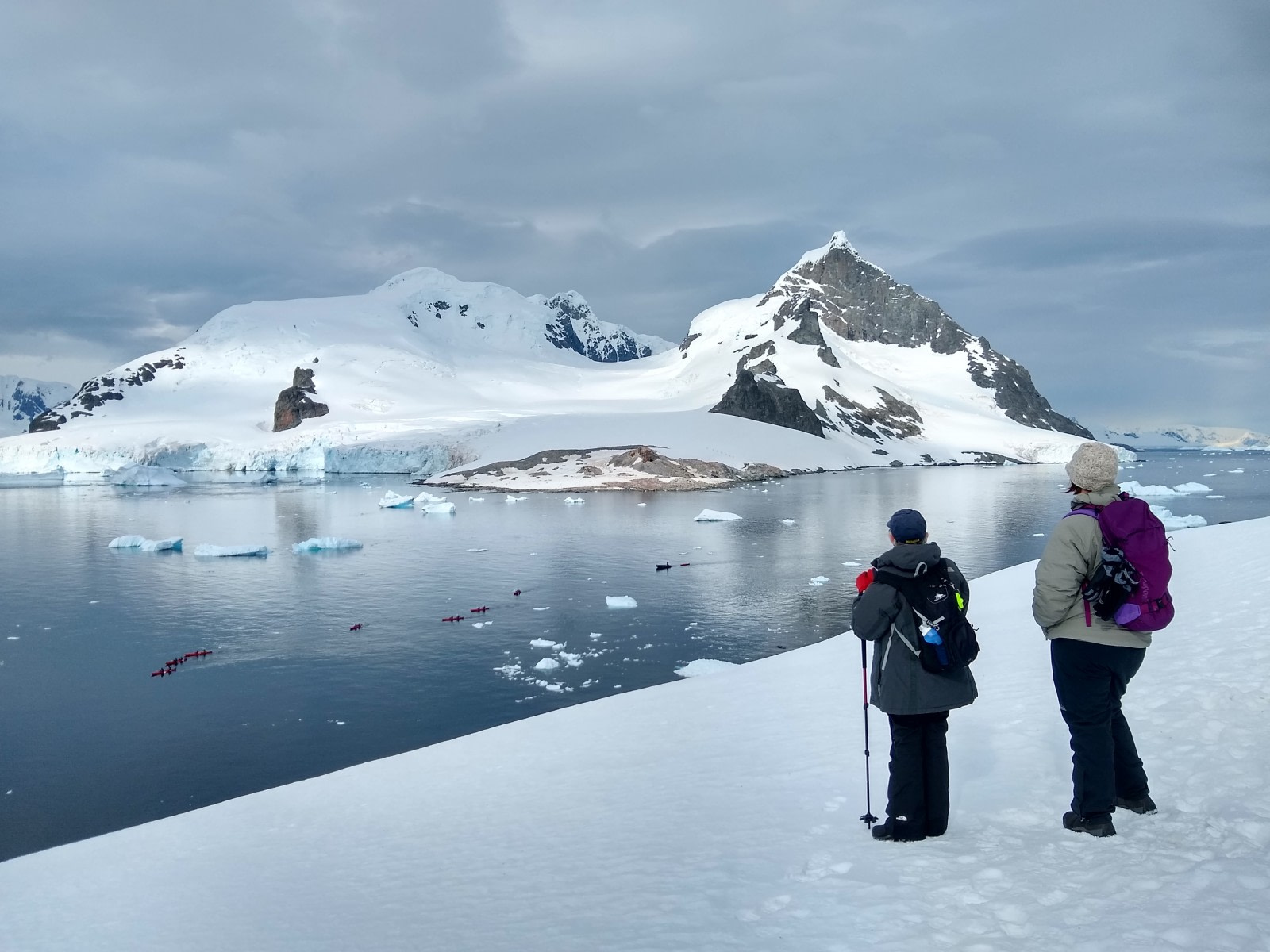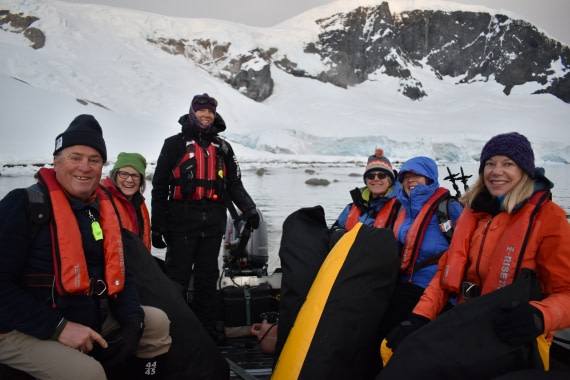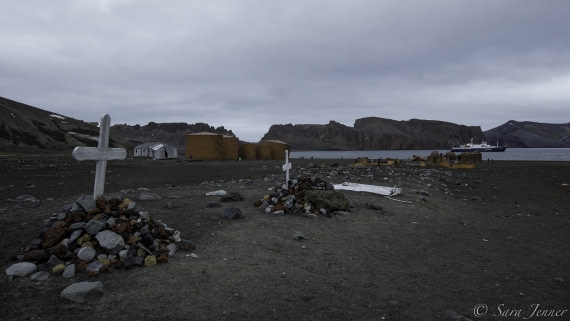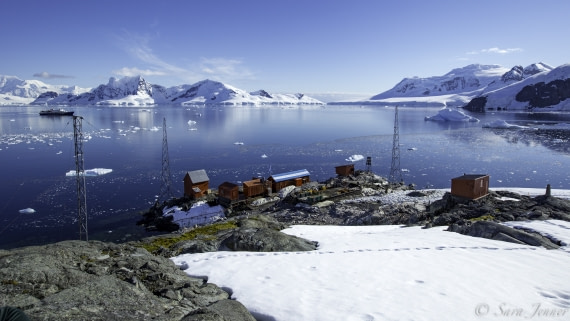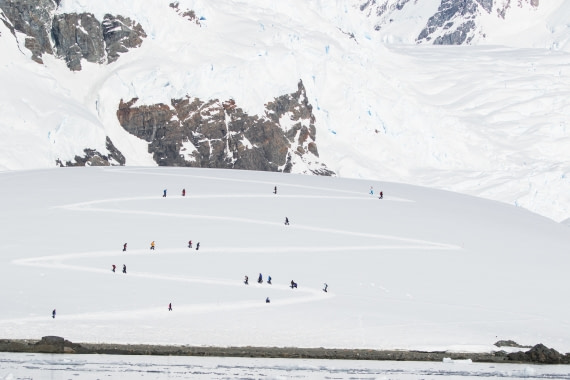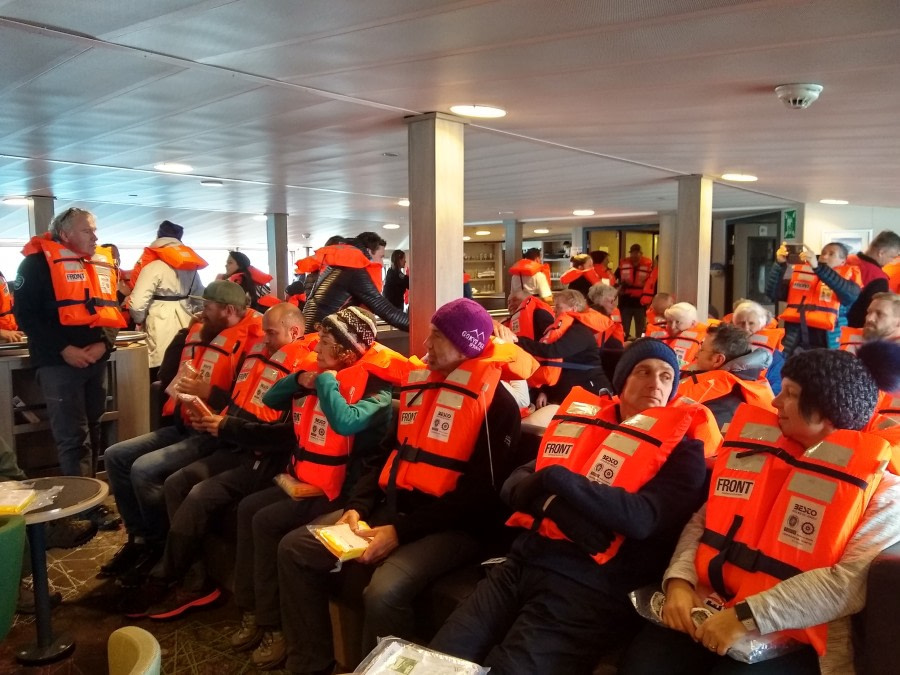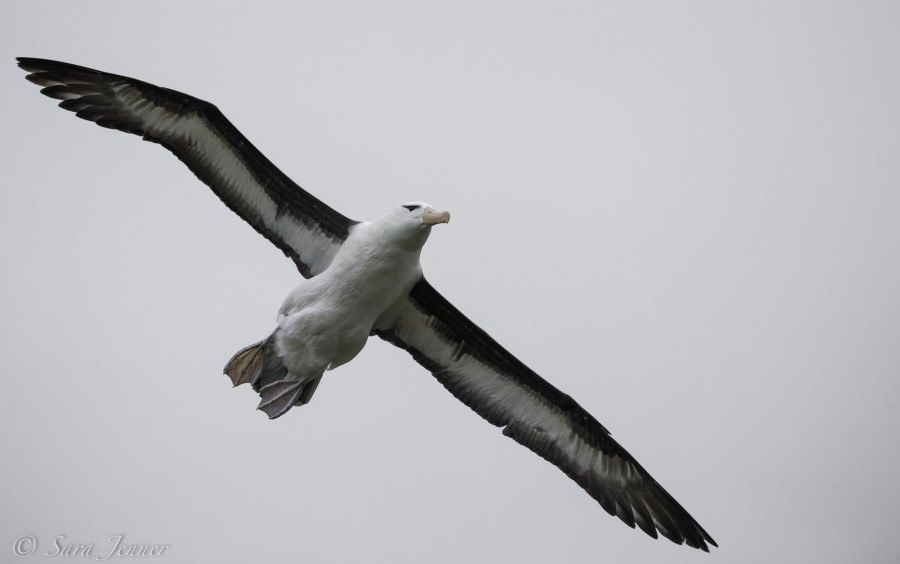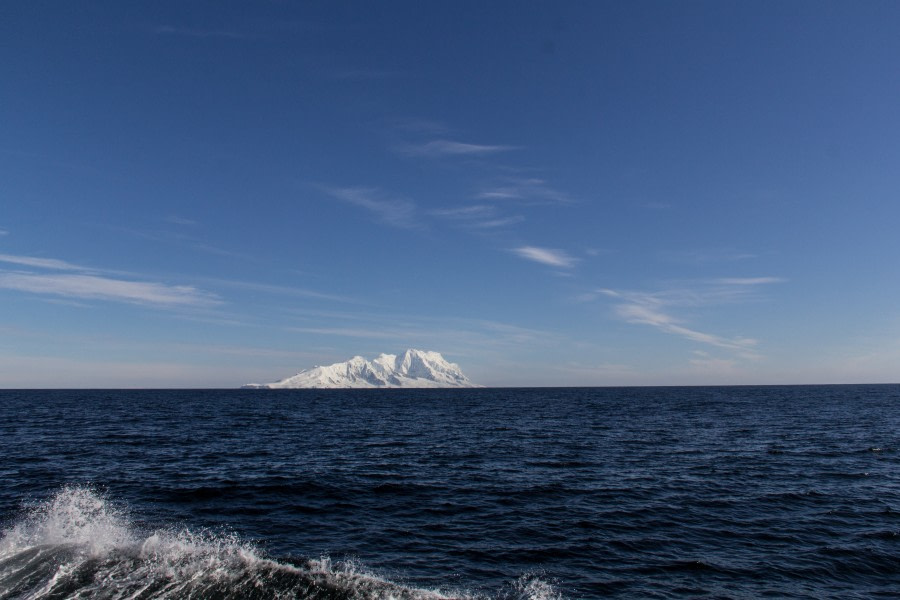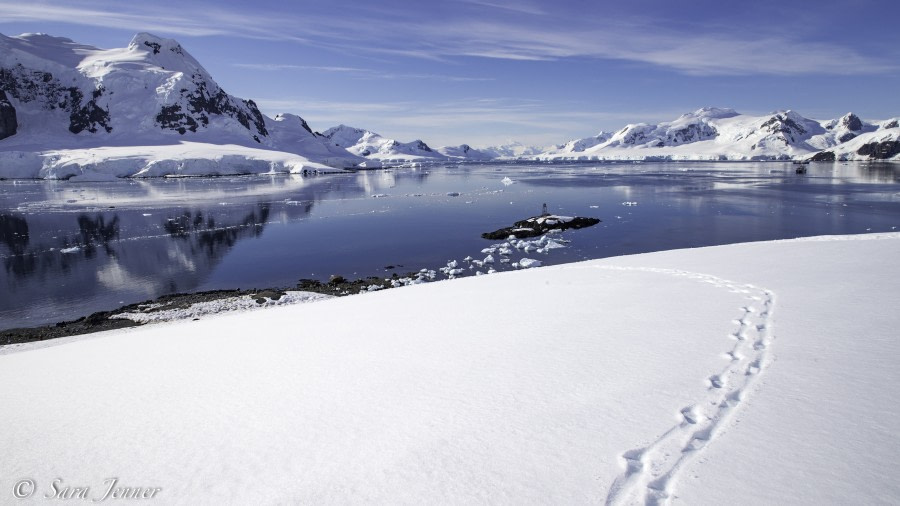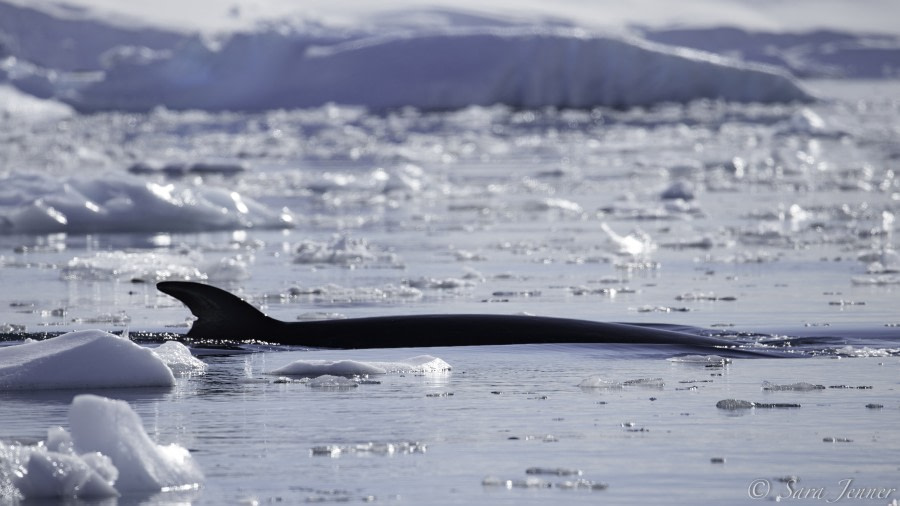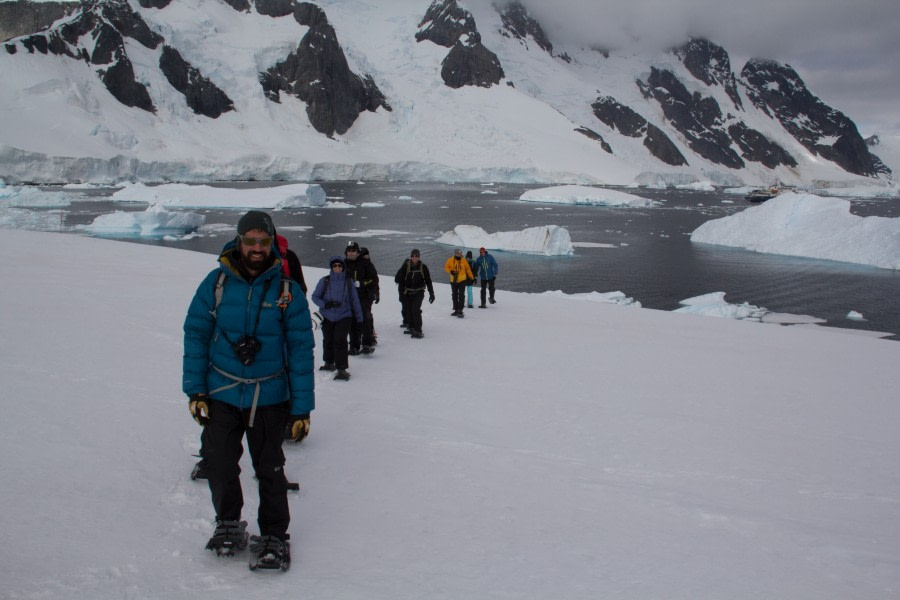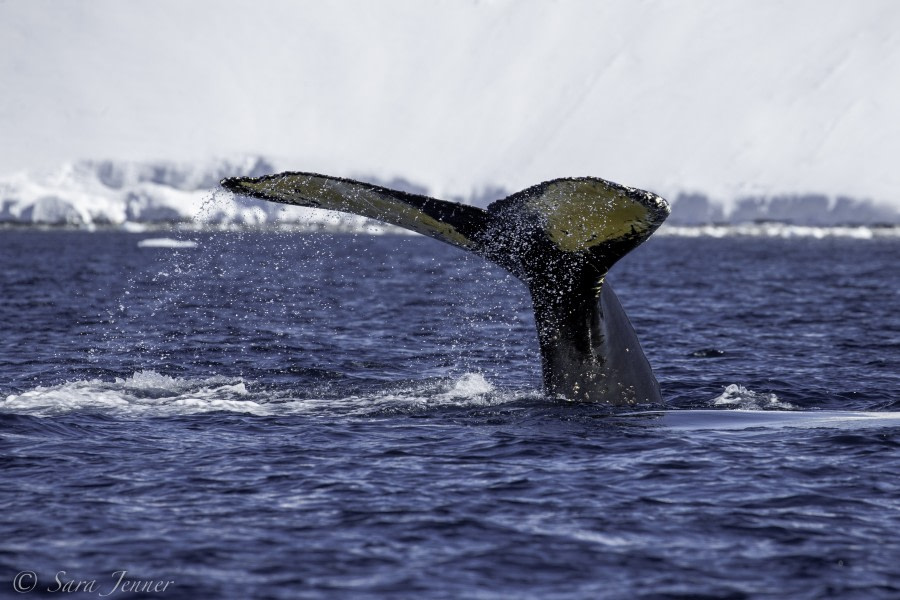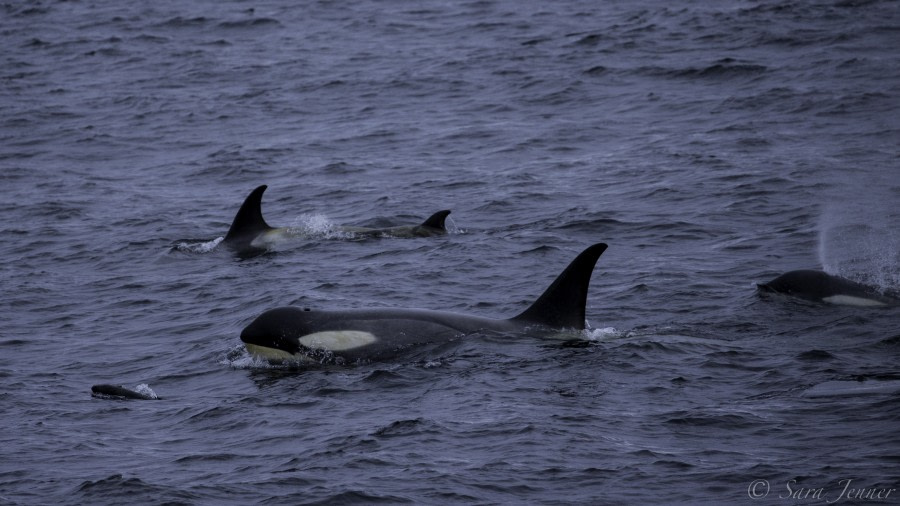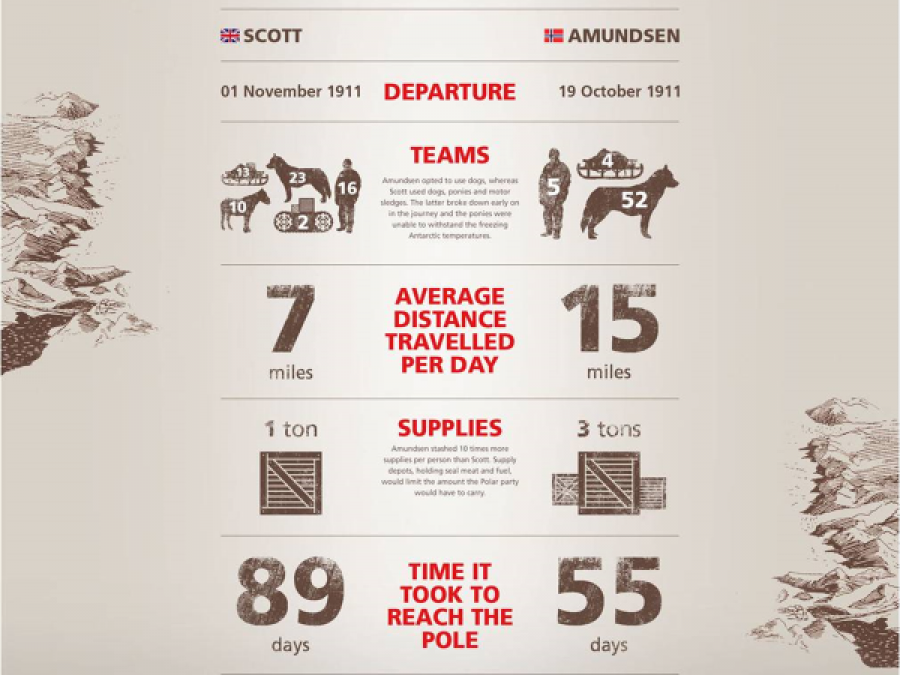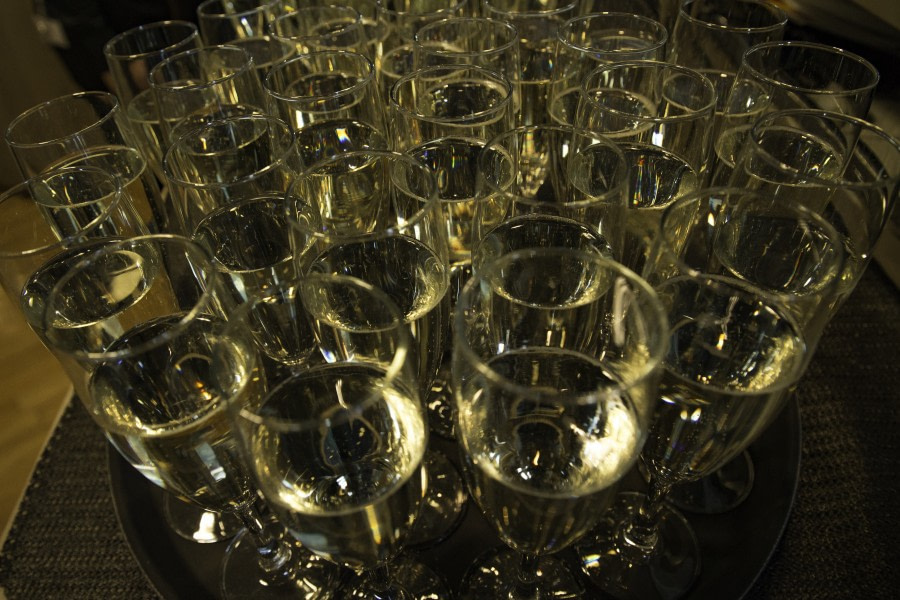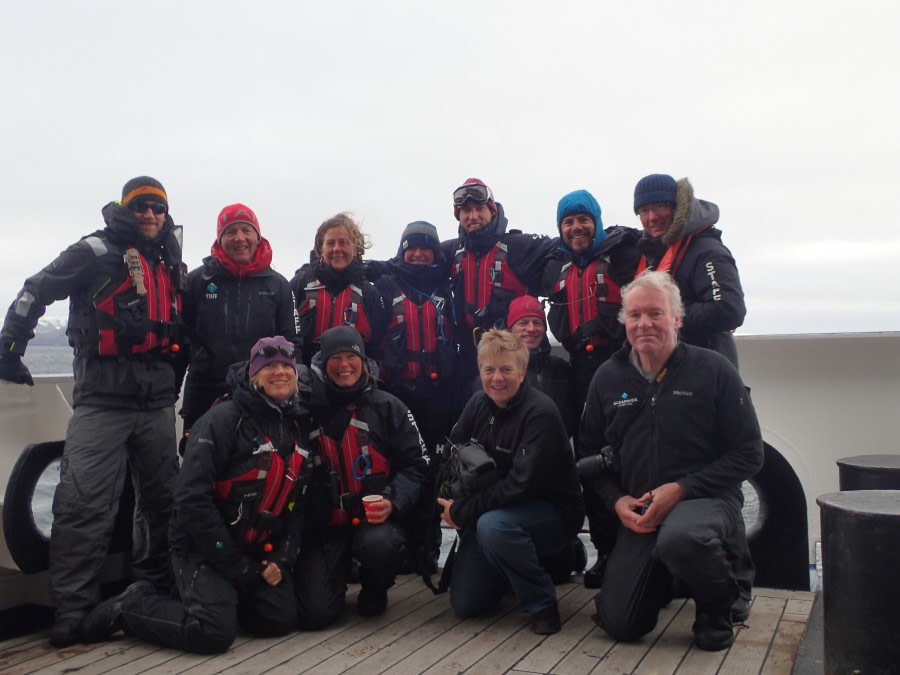| Datum: | 17.02.2019 |
| Positie: | 54°53’S / 067°42’W |
| Wind: | SW 5 |
| Weer: | Cloudy |
| Luchttemperatuur: | +12 |
So here we are at last in Tierra del Fuego, at the bottom of the world. Well, from Ushuaia we’ll be going south...a long way south. But for today, we ambled about this lovely Patagonian city, savouring the local flavours and enjoying the sights. Ushuaia marks the end of the road in Argentine Tierra del Fuego, but also the beginning – the beginning of a once-in-a-lifetime adventure. During the summer this rapidly growing frontier town of 55,000 bustles with adventurous travellers. The duty-free port flourishes with tourism but also thrives on a sizeable crab fishery and a burgeoning electronics industry. Ushuaia (literally “bay that penetrates to the west” in the indigenous Yaghan tongue) clearly benefits from its magnificent, yet remote, setting. The rugged spine of the South American Andes ends here, where two oceans meet. As could be expected from such an exposed setting, the weather has the habit of changing on a whim. However, temperatures during the long days of the austral summer are relatively mild, providing a final blanket of warmth before heading off on our adventures. For many of us this is the start of a lifelong dream. The excitement comes in different forms for each person, but even the most experienced of us must feel genuine excitement departing on a journey to the Great White Continent. Accordingly, most passengers were promptly at the gangway at 16:00, ready to board the good ship MV Plancius, our home for this Antarctic adventure! We were greeted at the gangway by members of our Expedition Team who directed us to reception where we met Hotel and Restaurant Managers, Zsuzsanna and Alex. We were then checked into our cabins with the assistance of the fabulous hotel crew. A little while after boarding we convened in the lounge on deck five to meet First Officer Francois, who led us through the details of the required SOLAS (Safety Of Life At Sea) Safety and Lifeboat Drill, assisted by the crew and staff. We had been prepared for our actual safety drill and on hearing the general alarm, we reconvened at the ‘muster station’ (the lounge) for the mandatory safety briefing and abandon ship drill, donning our huge orange life jackets that will keep us safe should the need arise. Shortly after our first briefing we departed the jetty of Ushuaia and entered the Beagle Channel with an escort of black browed albatross. After all the safety drills were taken care of we were invited once again to the lounge where Hotel Manager Zsuzsanna gave us an overview of the ship, a floating hotel which will be our home for the next 11 days. We then met our Expedition Leader, Ali Liddle and the rest of the Expedition Team who will guide us in Antarctica. This was also a chance to meet our Captain, Artur Iakovlev and toast our voyage with a glass of Prosecco. At 19:30 we sampled the first of many delicious meals on board, prepared by Chef Ralf and his galley staff. This first evening on board was occupied with more exploration of the ship, adjusting to her movements, and settling into our cabins. In the early hours of the morning we would be out into the open waters of the Drake Passage!
